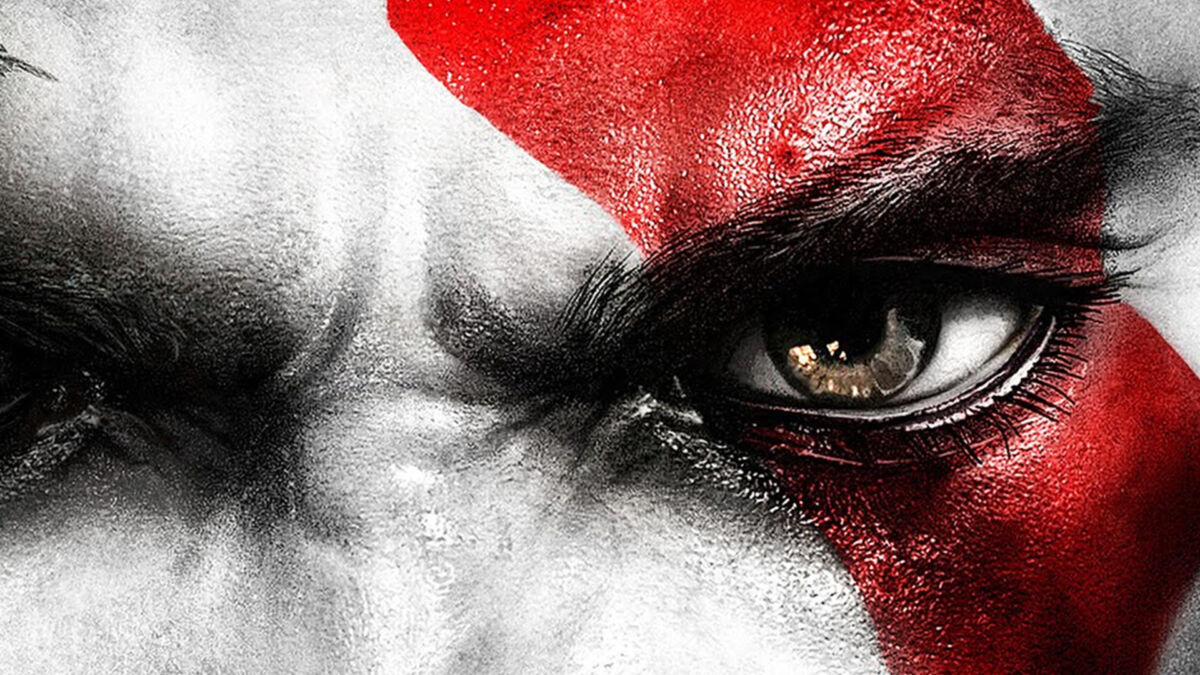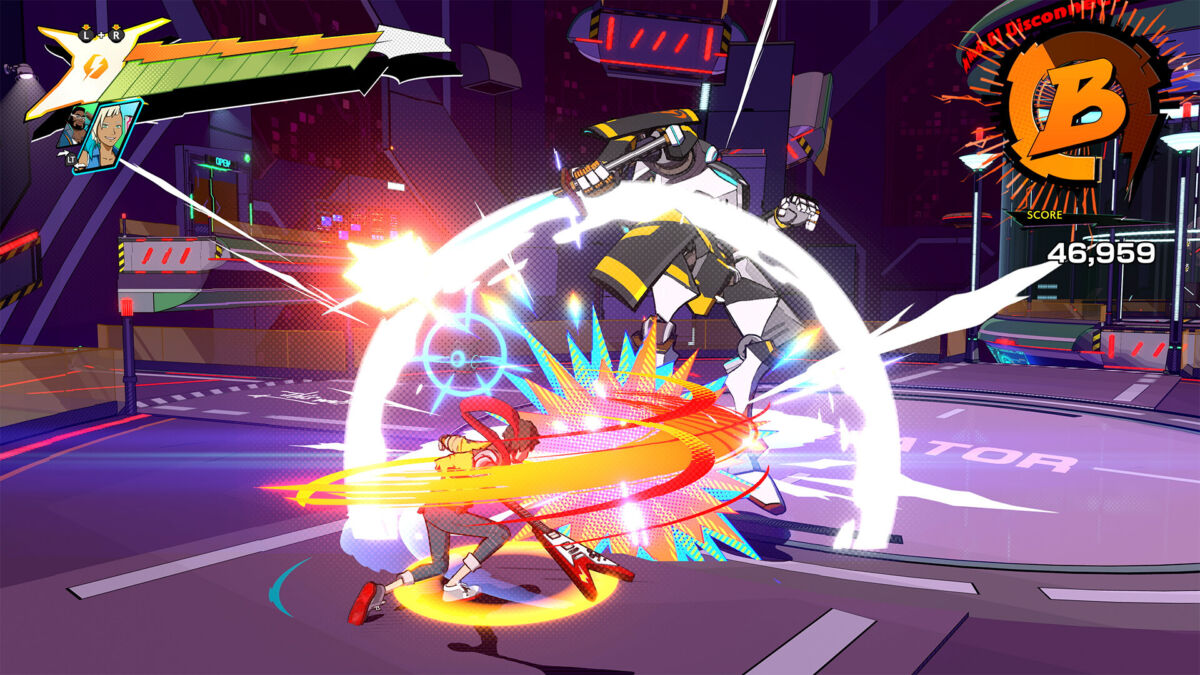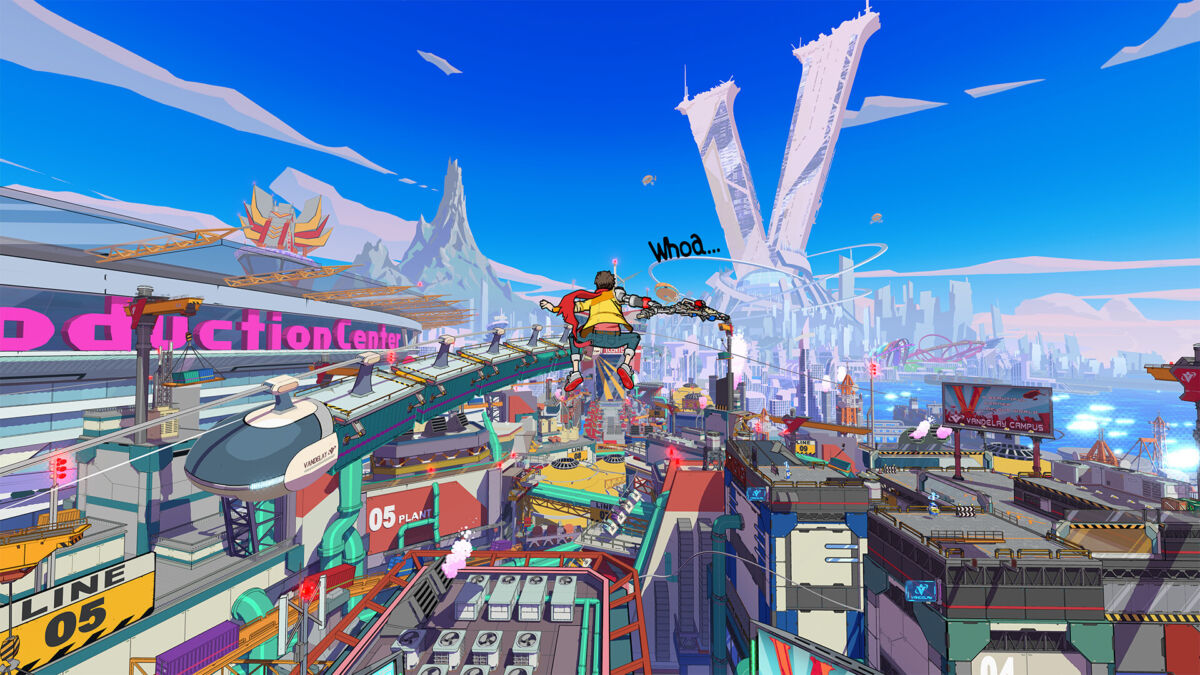3D action games just aren’t what they used to be. Devil May Cry 5 and Bayonetta 3 are the outliers these days. I’m the disgruntled old gamer who scours eBay for mediocre titles like Nihilistic Software’s Conan or Creative Assembly’s Viking: Battle for Asgard just to scratch that old “golden age” itch. So it’s nice when a developer like Tango Gameworks – known for their work in the horror genre – can surprise me with a title as rich as Hi-Fi Rush.
Games like it aren’t as common as they were in past console generations. Hi-Fi Rush has a unique rhythm combat system, asking the player to manage combos, summons and dodges all while keeping their button inputs on beat with the song. The game moves fast, throwing in parries, enemies with complex patterns and colorful bosses full of charisma — all without sacrificing its dedication to the rhythm. “While there’s the option to find or buy upgrades, perks and special moves, you’re only going to progress as you get better at battling to the beat.
Games that don’t supplement action combat with RPG or adventure mechanics are rare these days. The sixth and seventh console generations always had a Bujingai or Ninja Blade to hack and slash through. Even action game giants from the past like Team Ninja have doubled down on the action RPG as their new M.O. Three titles in particular sent the industry down this path: God of War, Batman: Arkham Asylum and Dark Souls.

There wasn’t much innovation between the release of Devil May Cry and God of War. Ninja Gaiden laid claim to its share of 3D action territory, further exploring the adventure components in DMC while amplifying speed, tension and aggression. Despite its impact, the future of 3D action design was still up in the air, especially considering the critical failure of DMC2.
Devil May Cry was the gold standard for 3D action game development. It laid the groundwork for movement, combat, and enemy design in the third dimension. Between its release in 2001 and God of War’s in 2005. players waited for developers to start integrating its innovations. DMC3 released in early 2005, doubling down on the difficulty and depth of the first title, but a few months later God of War released, surpassing it in sales and long-term influence. A lot more games play like God of War and a lot fewer play like DMC3.
God of War provided an easier template to replicate than the DMC games; it took many of DMC’s innovations and streamlined them. Devil Trigger became Rage of the Gods, a simplified damage boost mode that can’t be canceled once it begins. The flashiest moves are quick-time events, letting the brutal cinematic play regardless of the player’s skill or mastery. Most importantly, the adventure mechanics reflected the latest innovations in that genre, director David Jaffe specifically referencing Ico as a primary inspiration.

If you look at The Game Awards or BAFTA Games Awards, you’ll find that many titles that claim Game of the Year fall into the action-adventure genre: The Last of Us and Part II, Uncharted 4, God of War 2018, Breath of the Wild, etc. The dominance of action-adventure can be traced back to the design decisions and widespread impact of God of War: action streamlined with a greater focus on adventure, immersion and storytelling. I’m not saying this is bad design, of course — I adore these games. They just don’t lend much hope to a player who wishes Sekiro was the rule rather than the exception.
The other dominant genre at these award shows is action RPG. Titles like Mass Effect 2, Elden Ring and The Witcher 3 win as often as action-adventures do. RPG mechanics show up frequently in modern action games. Budget titles that used to come out like El Shaddai: Ascension of the Metatron or God Hand have been replaced by Scarlet Nexus and Nioh. These games have strong action design but are tempered by the inclusion of RPG “numbers.” Even the Norse God of War games include stats, builds and perks alongside their strong action design.
The Batman: Arkham games had a brief but powerful stint as the AAA combat design for a while. “Flow” combat took positioning out of the player’s control and let them focus simply on responding to enemy attacks with counters, stuns and strikes of their own. While short lived, properties as distinct as Batman and The Lord of the Rings were able to transplant the same system to critical and commercial success. With so many deadlines, it’s not surprising that publishers took advantage of the hype.

But then a game like Hi-Fi Rush drops like divine revelation in the course of an afternoon. Before you’ve had time to spit take your tea you feel that oily pessimism wash away.
It’s a hard thing to hope for, the rebirth of the “just” action game. Every time something like Bayonetta or Sekiro gains the spotlight, they pass on without inspiring games of their kind. It’s nothing new, of course. A game where progression, balance and difficulty scaling are all managed by the player’s action skill is just a harder game to make — no numbers, puzzles, or unskippable cutscenes to water down the cask strength.
“But Hi-Fi Rush” rolls off the tongue easily these days. The stand-out examples of the genre distinguish themselves by building around original systems. Bayonetta’s ability to cancel out of anything into a dodge affects enemy design (more aggressive) and combat options (witch time and dodge offset to discourage button mashing). To take any particular mechanic out of context and graft it into a different game would fail. This is in direct contrast to Batman’s system or an RPG.

Hi-Fi Rush starts with a killer beat and builds every design decision around it. The industrial world pumps, rattles and clanks in rhythm to guide the player into the fabled “zone.” Enemies are bound to it too, the music advising players when to dodge or counter. The player can input attacks off beat, but the strikes won’t execute until the beat lands. Trying to disobey the one and only commandment of Hi-Fi Rush just feels wrong. You want to play by its rules, and the game is happy to reward you for it.
This is what it takes to make a good action game. It’s a tall order: an original concept that leads to a sense of identity. It’s a sturdy trunk that all the design decisions can branch from. There’s so much more Tango can do with this stellar best-foot-forward of a game. Other developers like Sucker Punch built a fantastic action combat system in Ghost of Tsushima — one of the game’s major draws. 3D action games aren’t what they used to be, and that’s a good thing. If they never changed, we’d never have Hi-Fi Rush.
READ NEXT: Sifu Feels Right At Home On The Steam Deck
Some of the coverage you find on Cultured Vultures contains affiliate links, which provide us with small commissions based on purchases made from visiting our site.



